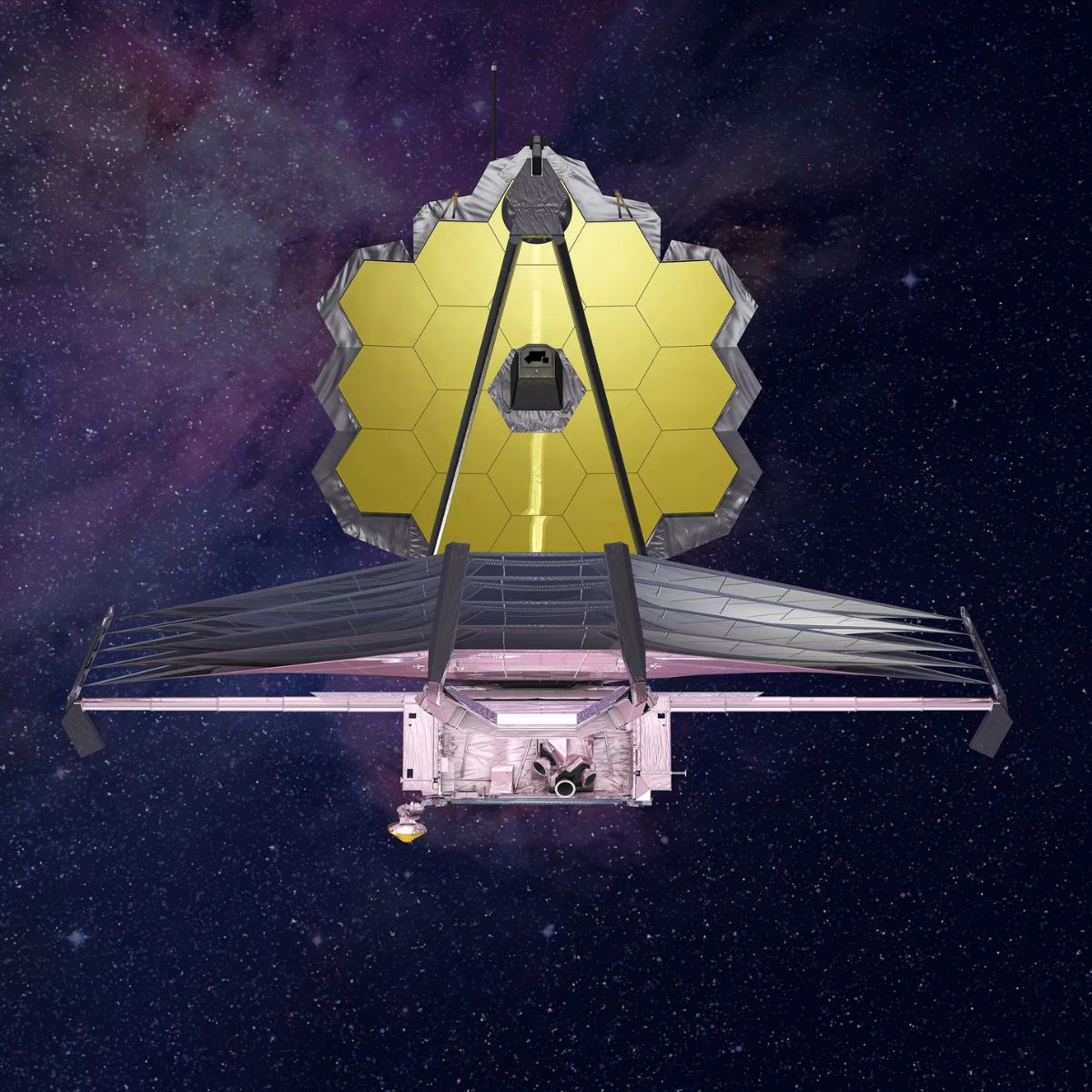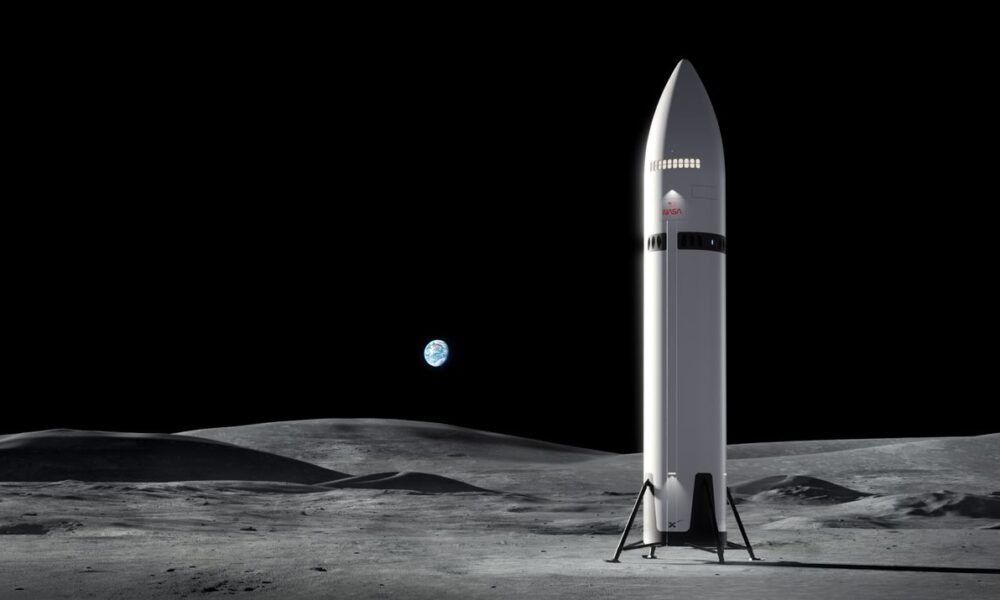The James Webb Space Telescope has made a groundbreaking discovery, identifying a supermassive black hole that formed approximately 13 billion years ago. This black hole is notable for its unusually rapid growth rate, challenging existing theories about the formation and evolution of black holes in the early universe.
According to the European Space Agency (ESA), this finding sheds light on a period in cosmic history when massive black holes emerged much earlier than previously thought. The black hole, located in the galaxy known as GN-z11, is believed to have grown to an astonishing mass of over 1 billion solar masses in just a few hundred million years after the Big Bang.
Implications for Cosmic Evolution
The discovery has significant implications for our understanding of cosmic evolution. Scientists have long debated how supermassive black holes could reach such enormous sizes in the early universe, given the limited time available for their growth. This revelation suggests that the processes driving black hole formation and growth might be more efficient than previously believed.
Dr. Gabriele Pezzulli, an astrophysicist at the Institute for Advanced Study, emphasized that these findings could lead to a reevaluation of the timeline for cosmic structure formation. “This discovery challenges our models of black hole growth and provides deeper insights into the nature of galaxies during their formative years,” he stated.
The rapid growth of this black hole may also provide clues about the dense environments in which early galaxies formed. The conditions surrounding these galaxies could have played a crucial role in the black hole’s development, allowing it to accumulate mass at an unprecedented rate.
Future Research Directions
As researchers continue to analyze the data from the James Webb Space Telescope, they aim to explore the mechanisms behind such rapid black hole growth. Future studies may focus on how these massive entities influence their surrounding galaxies and the broader implications for our understanding of the universe.
The ESA plans to further investigate other distant galaxies to identify similar phenomena. The findings from GN-z11 could inspire new theoretical models and observational strategies, helping scientists to piece together the complex history of the universe.
This discovery not only enhances our knowledge of supermassive black holes but also opens new avenues for research in cosmology and astrophysics, highlighting the importance of ongoing exploration in understanding our universe’s origins.







